Very Large Landscape Design & Drainage Issues
ricksample
9 years ago
Related Stories
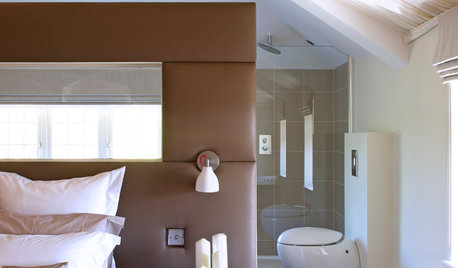
You Said It: Hot-Button Issues Fired Up the Comments This Week
Dust, window coverings, contemporary designs and more are inspiring lively conversations on Houzz
Full Story
BATHROOM DESIGNConvert Your Tub Space Into a Shower — Waterproofing and Drainage
Step 4 in swapping your tub for a sleek new shower: Pick your waterproofing materials and drain, and don't forget to test
Full Story
FEEL-GOOD HOME12 Very Useful Things I've Learned From Designers
These simple ideas can make life at home more efficient and enjoyable
Full Story
COLORColor Commitment Issues? Just Throw In a Pillow
You don't need to go big or permanent to go bold with color in your rooms; you only need to master the easy art of the toss
Full Story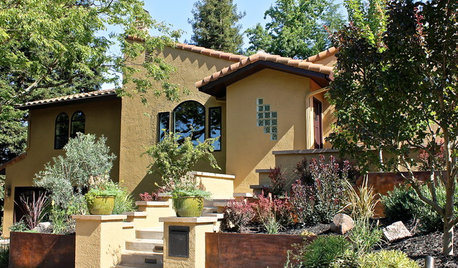
LANDSCAPE DESIGNLandscaping Magic Fixes a Dangerous Sloped Yard
It had scary parking, a confusing entry and erosion issues. See how this steep California landscape gained safety, beauty and clarity
Full Story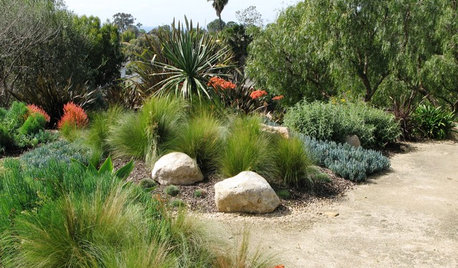
DESIGN DICTIONARYBerm
A singular small rolling hill, or berm, offers design and drainage opportunities in a landscape
Full Story0
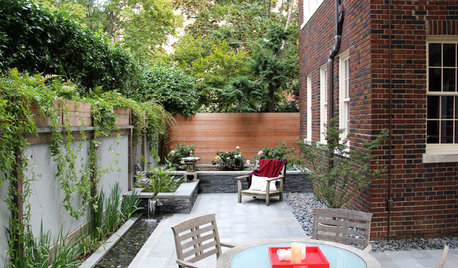
PATIOSPatio Details: Dog Won’t Trample the Plants With This Design
An Asian-inspired backyard redo adds clean lines, a new water feature and a sense of spaciousness — with room for a large beloved dog
Full Story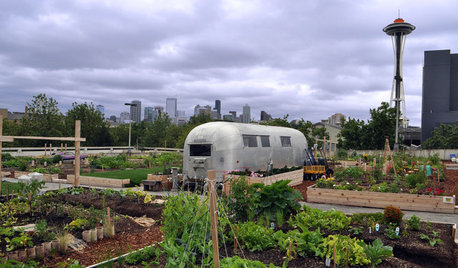
URBAN GARDENSCommunity Thrives Along With a Garage-Top Garden
Seattle neighbors join forces to create a large-scale community garden atop an old parking structure
Full Story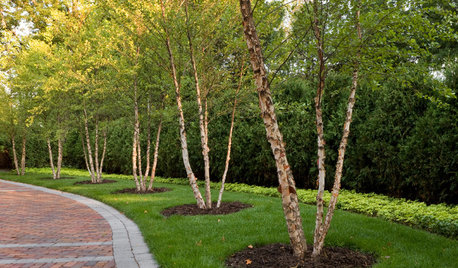
LANDSCAPE DESIGNGreat Design Plant: River Birch
Pick this rugged native tree for its intriguing peeling bark, soil adaptability or leaves that bring dappled shade to a garden
Full Story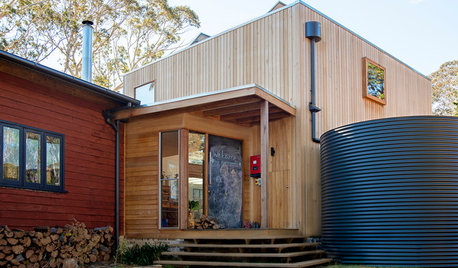
SAVING WATERIs a Rainwater Cistern Right for You?
These extra-large containers reduce runoff and save on the use of potable water for the landscape
Full Story






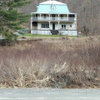


Yardvaark
ricksampleOriginal Author
Related Professionals
Simpsonville Landscape Architects & Landscape Designers · Bound Brook Landscape Contractors · Davis Landscape Contractors · North Haven Landscape Contractors · Oxnard Landscape Contractors · Panama City Beach Landscape Contractors · Petaluma Landscape Contractors · Rancho Santa Margarita Landscape Contractors · Snoqualmie Landscape Contractors · Shorewood Decks, Patios & Outdoor Enclosures · Baker Decks, Patios & Outdoor Enclosures · Crystal Lake Decks, Patios & Outdoor Enclosures · Riverside Decks, Patios & Outdoor Enclosures · Westminster Decks, Patios & Outdoor Enclosures · Glenn Heights Swimming Pool BuildersYardvaark
woodyoak zone 5 southern Ont., Canada
davidrt28 (zone 7)
ricksampleOriginal Author
ricksampleOriginal Author
davidrt28 (zone 7)
davidrt28 (zone 7)
davidrt28 (zone 7)
woodyoak zone 5 southern Ont., Canada
woodyoak zone 5 southern Ont., Canada
Yardvaark
User
ricksampleOriginal Author
Yardvaark
woodyoak zone 5 southern Ont., Canada
pls8xx
ricksampleOriginal Author